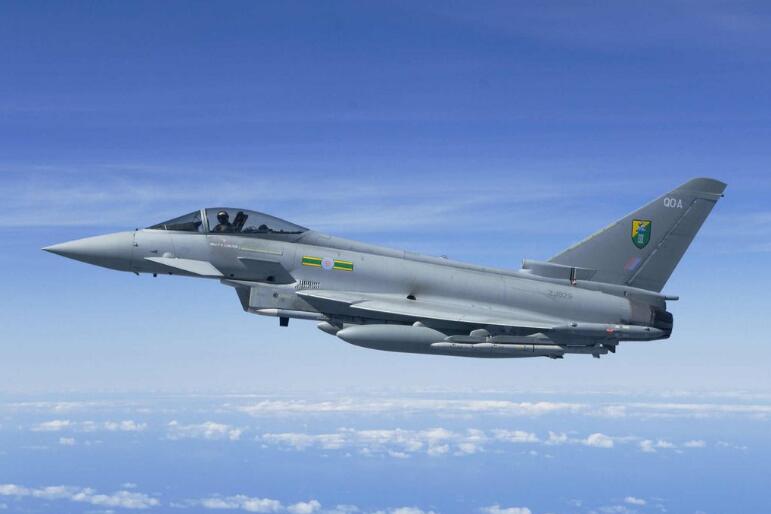Aerostructure materials generally refer to materials, body materials, and engine materials used in the manufacture of aerospace vehicles. Among them, engine materials are the most important structural materials in aerospace materials. High performance (light weight, high strength, high toughness, high temperature resistance, low temperature resistance, oxidation resistance, corrosion resistance, etc.), high function and versatility (high functional light, electricity, sound, heat, airborne equipment and stealth structure requirements) Magnetic materials, etc., composite (structural composites that can significantly reduce structural weight and improve structural efficiency, etc.), intelligent (wings, skins with smart materials and functional structures, etc.), low cost and high environmental compatibility It is an important development trend of future aviation structural materials.
With the development of aviation technology and the needs of combat missions, countries around the world are constantly developing a new generation of combat aircraft. The third-generation fighters that the United States and the former Soviet Union developed and invested in the 1980s were mainly F-15, F-16, F-18, MiG-29, Su-27, etc. This is mainly.
The body selection characteristics of the third-generation fighters are basically based on the traditional high-strength and high-stiffness 7000 series and the toughness 2000 series aluminum alloys. The amount of titanium alloy is significantly higher than that of the second-generation fighters. A small amount of composite material and steel were used. Taking F-15 as an example, the proportion of body materials used is: aluminum alloy accounts for 35.3%, ferroalloy accounts for 26.5%, composite materials account for 1.2%, and steel accounts for 4.4%.
In the 1980s, the demand for fourth-generation fighters, such as the YF-22 fighter jet, was proposed.
The outstanding performance of the fourth generation fighters is:
With superior maneuverability, it can implement supersonic maneuvering.
Supersonic cruise is achieved without the addition of force.
Have a certain stealth function.
Good service and maintenance, high reliability and long life.
The outstanding feature of the fourth-generation fighter is that it puts higher requirements on the materials. On the basis of the synthesis of the third-generation fighter and the materials developed after it, the characteristics of the fourth-generation fighter body selection are mainly reflected in:
In order to further reduce the weight of the aircraft structure and improve the thrust-to-weight ratio and maneuverability of the aircraft, high-strength, high-ratio metal materials, resin-based composite materials, and a part of metal-based composite materials are used.
In order to overcome the thermal load caused by supersonic flight, the amount of titanium alloy still accounts for a large proportion; in order to further improve the structural efficiency, a new process such as titanium alloy superplastic forming and diffusion bonding is adopted.
In order to have stealth function, structural and coated stealth materials are used.
In order to improve the tactical performance indicators of the body and airborne equipment, functional materials such as shape memory alloy, superconducting, damping damping, new electronic and optical are used.
Take the F-22 prototype as an example: composites account for 35% (20% of them are thermoset composites, 15% are thermoplastic composites); titanium alloys account for 33%, including traditional Ti-6Al-4V alloys and Ti -62222 (Ti-6Al-2Sn-2Zr-2Mo-2Cr-0.25Si); aluminum alloy accounted for 11%; steel accounted for 5%; others accounted for 16%.
